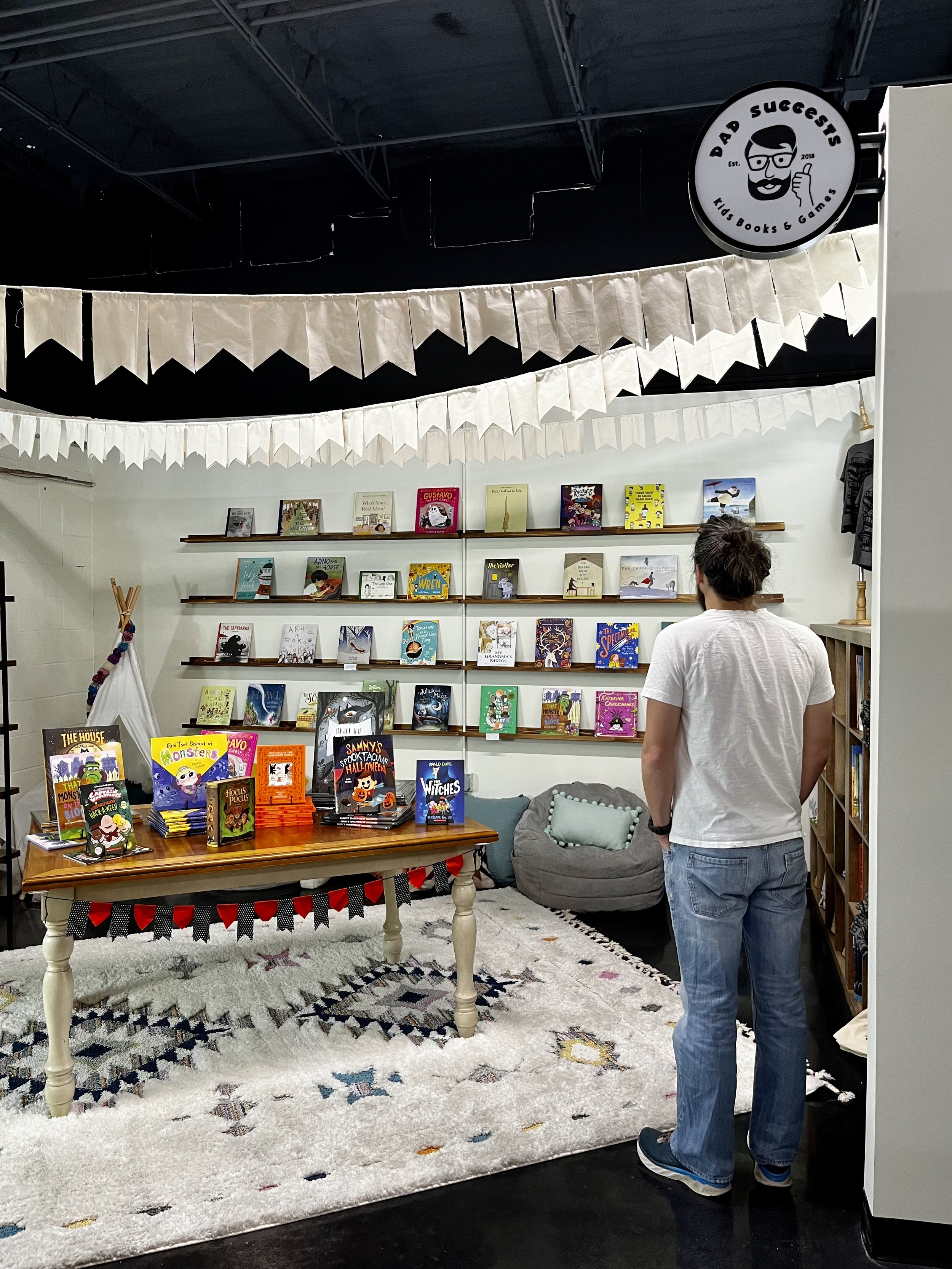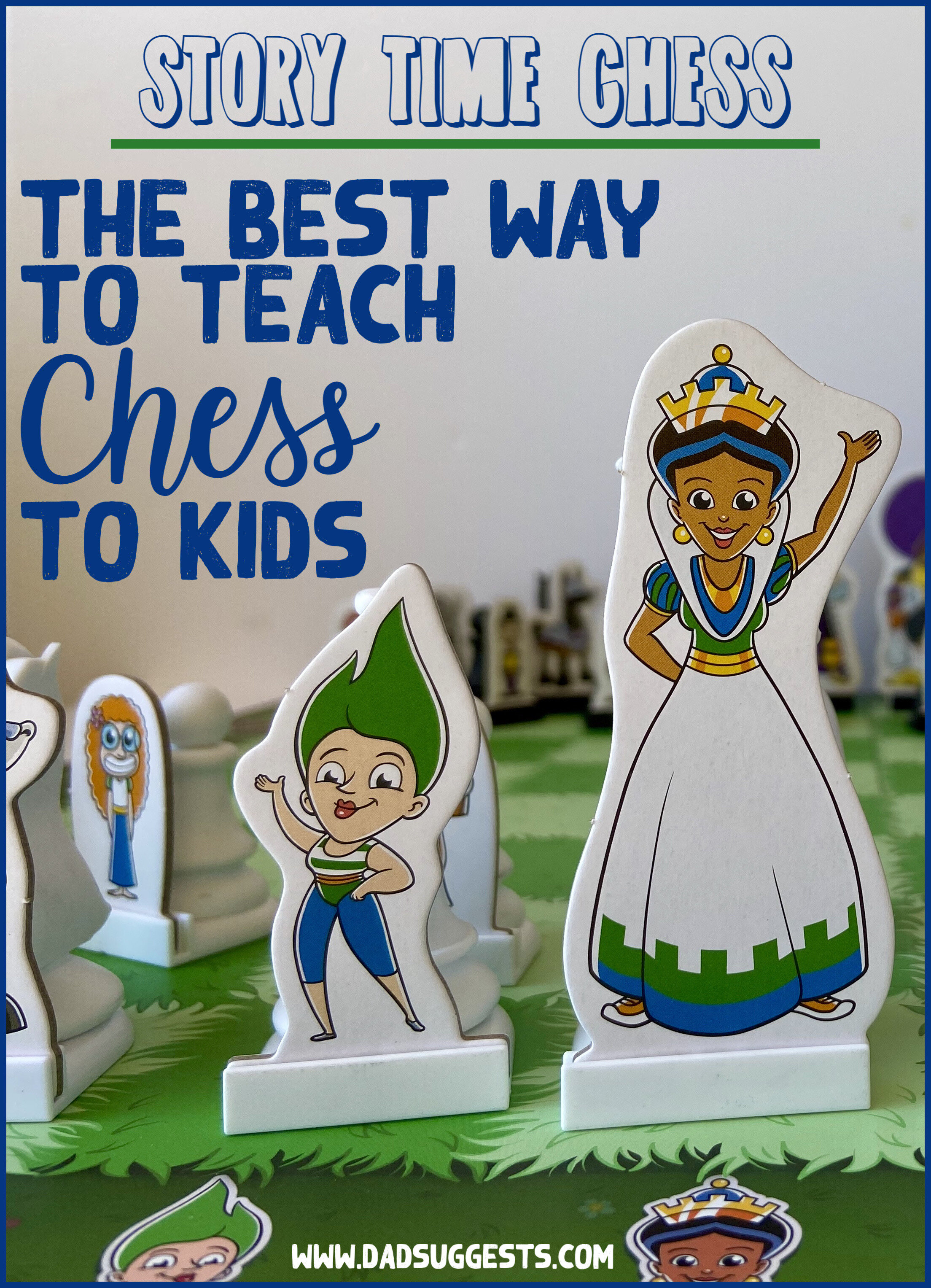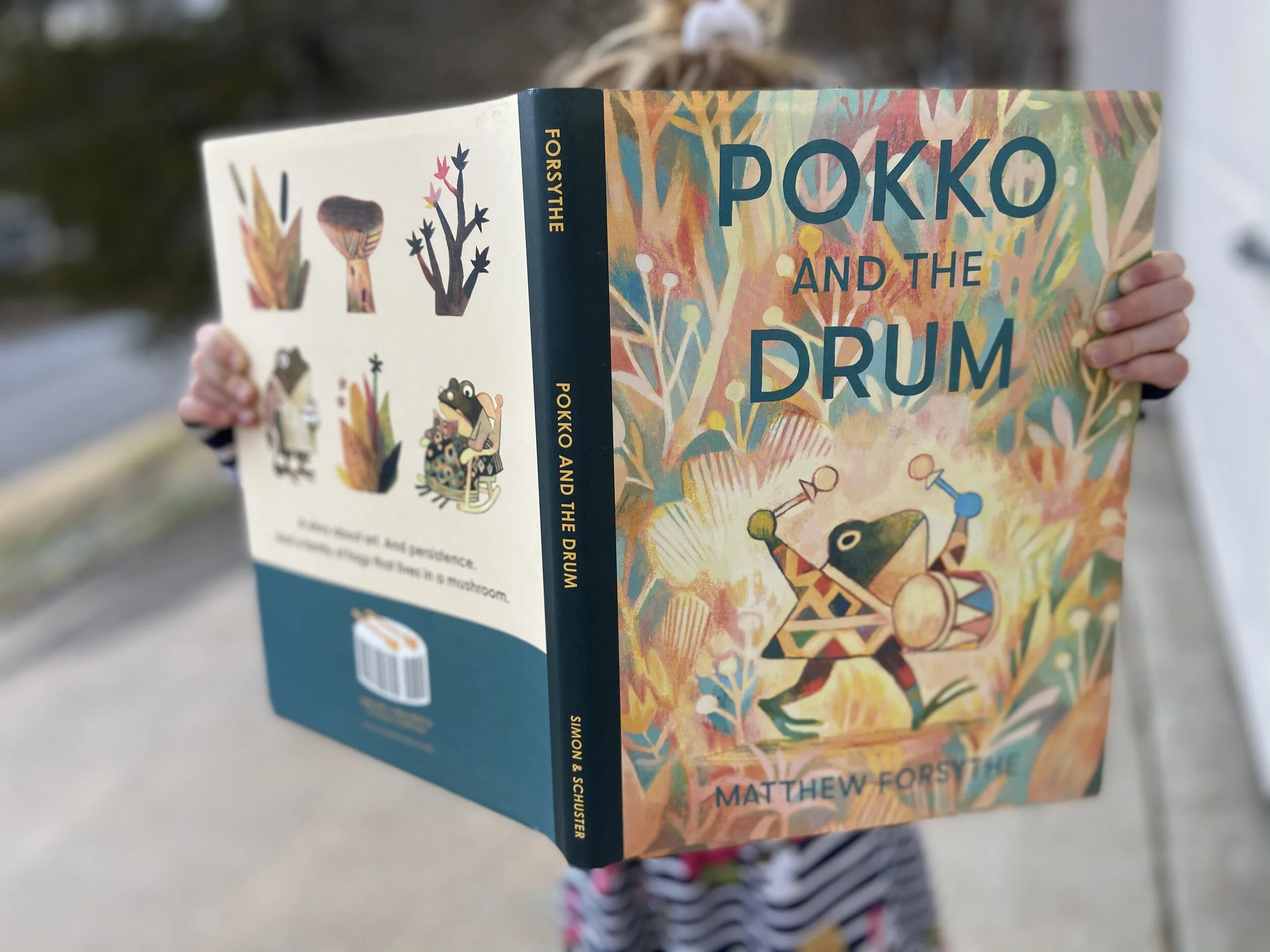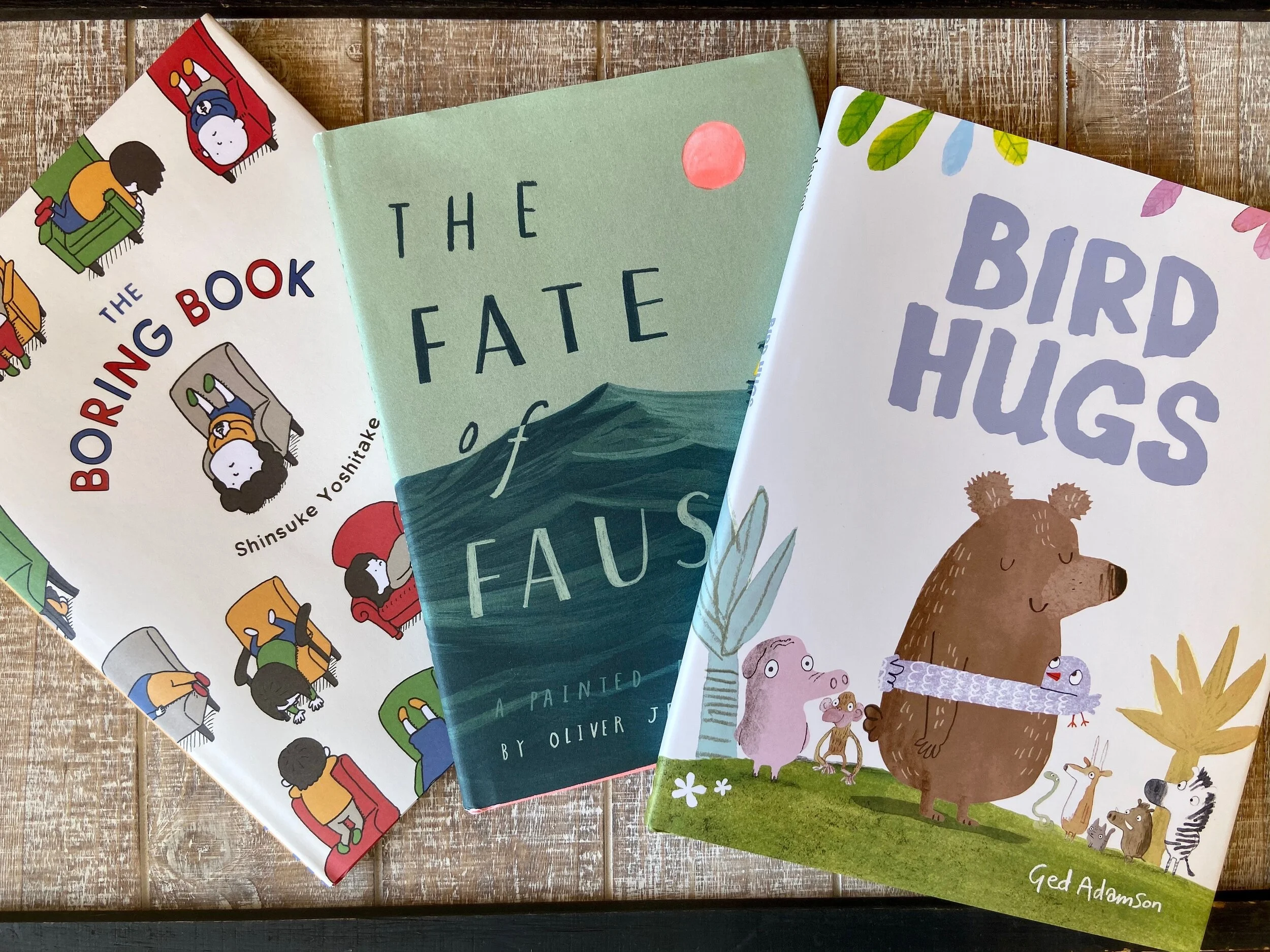Story Time Chess: Teach Kids Chess with Engaging Stories
As a chess teacher, I’ve taught children - including my own - how the pieces on a chessboard move more times than I could possibly count. Sometimes they catch on very quickly, and sometimes they just stare at me like I’m speaking an alien language. I’ve learned how to very efficiently get past the rules of the game, but never once have I felt like I had discovered a perfect system for introducing young children to chess until now.
I genuinely believe that all children benefit from learning the game of chess. I’ve written about the many benefits of chess for kids in the past - benefits like planning, facing the consequences of your decisions, and just generally developing your frontal lobe. And I’ve seen from experience that the vast majority of kids naturally gravitate towards the game too. It can be absolutely mesmerizing - at least after they get past that pesky barrier of understanding the rules. The trick, of course, is getting them to that point.
In the past, I’ve always thought of learning the rules of chess as a gateway to the fun that’s hiding and waiting for you on the other side. And that way of thinking is really a very easy trap to fall into, but it’s certainly not ideal to have a barrier to entry like that. Generally speaking, it’s far easier to convince older children how much fun they’re going to have once they finally learn all of the rules of the game.
And most 3-year-olds (or, let’s face it, most adults too for that matter) simply don’t have the patience required to wait for the fun to start happening. That’s why, if you’re trying to teach chess to kids, it’s absolutely imperative that you get to the fun as quickly as possible. You have to capture their imagination.
The inherent problem with young children learning chess, of course, is that abstract strategy games are called abstract for a reason. There’s simply no good reason that a bishop is called a bishop, or that it only moves diagonally. Or that pawns move forward but attack diagonally. And, better yet, try explaining to a kid why a knight only moves in an L-shape. Who knows? It just does. Where’s the fun in that, and where is the imagination?
Not one bit of it really means anything. It has no rhyme or reason. But you probably know that kids never like to hear that. They’re generally desperate for meaning. But, unfortunately, it seems like you and your kids are just destined to sit through a dry explanation of how the chess pieces move until they finally accept it, remember everything, and can actually play the game with you. And, I readily admit, I’ve almost always wanted to rush through that part and get past the rules of the game with new learners as quickly as possible because of this.
But what if it didn’t have to be that way? What if learning chess could actually be fun and engaging from the very beginning. What if it was actually entertaining to learn how the pieces moved? What sorcery is this, you ask? It’s exactly what the new game Story Time Chess does for young children. And, even as a chess teacher with lots of experience, the whole thing truly strikes me as a completely novel and innovative concept.
Oftentimes you’ll hear people say that 5 or 6 years old is a good time for kids to learn chess. That’s usually because kids any younger will struggle with the abstract thought required for a strategy game - with pieces that all move differently. And even at 5 or 6 it’s going to be hit or miss using traditional methods. But Story Time Chess will no doubt improve the success rate of engaging kids while learning chess, and engagement is absolutely half of the battle.
And this game will definitely make it incredibly easier to reach kids at younger ages as well. I’m talking about children as young as 3, like our daughter. The game has captured her imagination by adding characters and stories to all of the chess pieces on the board. And, as we work our way through the rules of the game, she is completely engaged because of the storybook that ties everything together.
As my daughter and I work our way through the stories in the book, I am completely blown away by how quickly she learns how the pieces move, and, most importantly, how much she loves playing with me. She asks me to get out Story Time Chess to revisit stories we’ve already read, and to play through exercises we’ve already completed. That’s the holy grail of teaching right there - when a student is motivated to revisit old material for fun.
And the reason she wants to revisit the old exercises is obvious - it’s her attachment to the cartoon characters. She wants to go back and play with nervous King Shaky (the black king who is afraid of grass) and his kids (the pawns). She wants to revisit Bea and Bop (the bishops), because she remembers hearing the story about how they joined the circus, and the good time she had with her dad when we played those exercises together.
And that attachment to the characters is truly the brilliance behind Story Time Chess. Each piece has a story that introduces the character, and that character is also actually physically attached to the chess pieces too. I love how the cartoon characters are there as well as the traditional chess pieces. I think that’s vitally important for the transition to playing the actual game.
After you hear the story, you move on to a few recommended exercises to help you drill how to move the piece. For retention, it’s best to repeat these exercises and stories many times. But, like I said, our 3-year-old actually asks to revisit them. This is obviously a big departure from the old way of teaching chess. I slowly taught our son how to play chess at about the same age as his sister, but he definitely never asked me to tell him about how the bishop moves at bedtime.
Our son is 7 years olds now, and he’s a great little chess player. But the good news for us is that Story Time Chess still has something inside for him too - which we were both very happy to discover. Of course he’s big into reading and using his imagination, so he enjoys listening to the stories about the characters with me and his little sister. But there’s also a fun bonus game for us to play together.
Story Time Chess comes with a separate board, a set of challenge cards, and two sets of tokens for playing a game they call the Crown Card Game. It’s designed as a way to tie everything you’ve learned together and to encourage kids to use all of their pieces, and it’s worked great as a friendly competition between my son and I.
In this mini-game you draw a card which has a challenge on it. Typically you’ll find cards with a chess challenge and a silly add-on challenge like: “Move your queen and your king once. After each move, flex your muscles”. When you complete a challenge, you earn a token (pizza slices for King Chomper and jewels for King Shaky) and you draw a new card. And the first player to earn 5 tokens wins.
I love the quality of this little mini-game, and my son and I have already started brainstorming how we can play it in even more ways to spice things up and increase the longevity. We are very likely going to create our own cards with wackier and more complicated challenges. And we can always modify some of the rules to our own taste - like playing to 10 tokens instead of 5 or adding checkmate as an alternative way to end the game. But it’s definitely obvious to us that the Crown Card Game is a great sandbox for us with a lot of potential.
I’m simply ecstatic that Story Time Chess has come out just in time to teach chess to our daughter. I honestly feel lucky to have it as a tool at our disposal. I think it will give her a big head start in the beautiful game. We’re big fans of imagination and storytelling in our house (not to mention chess), so it’s clearly a perfect fit for us. And if you’re looking to introduce a little one in your life to chess, I simply couldn’t recommend a chess set more highly than Story Time Chess.
Buy Story Time Chess on Amazon | Visit the Story Time Chess Website
Have you ever taught chess to children before? Have your own kids learned how to play chess? What do you think about the approach of Story Time Chess? Let us know in the comments!














